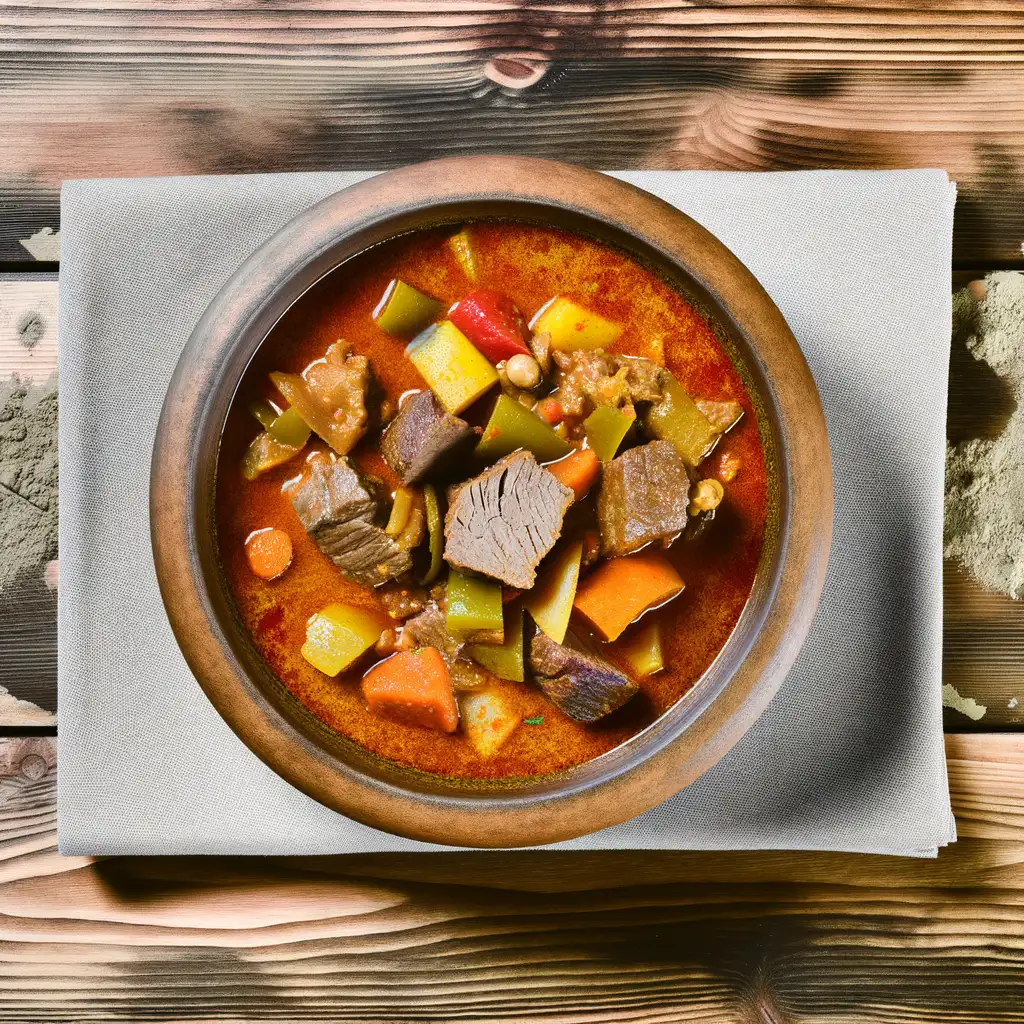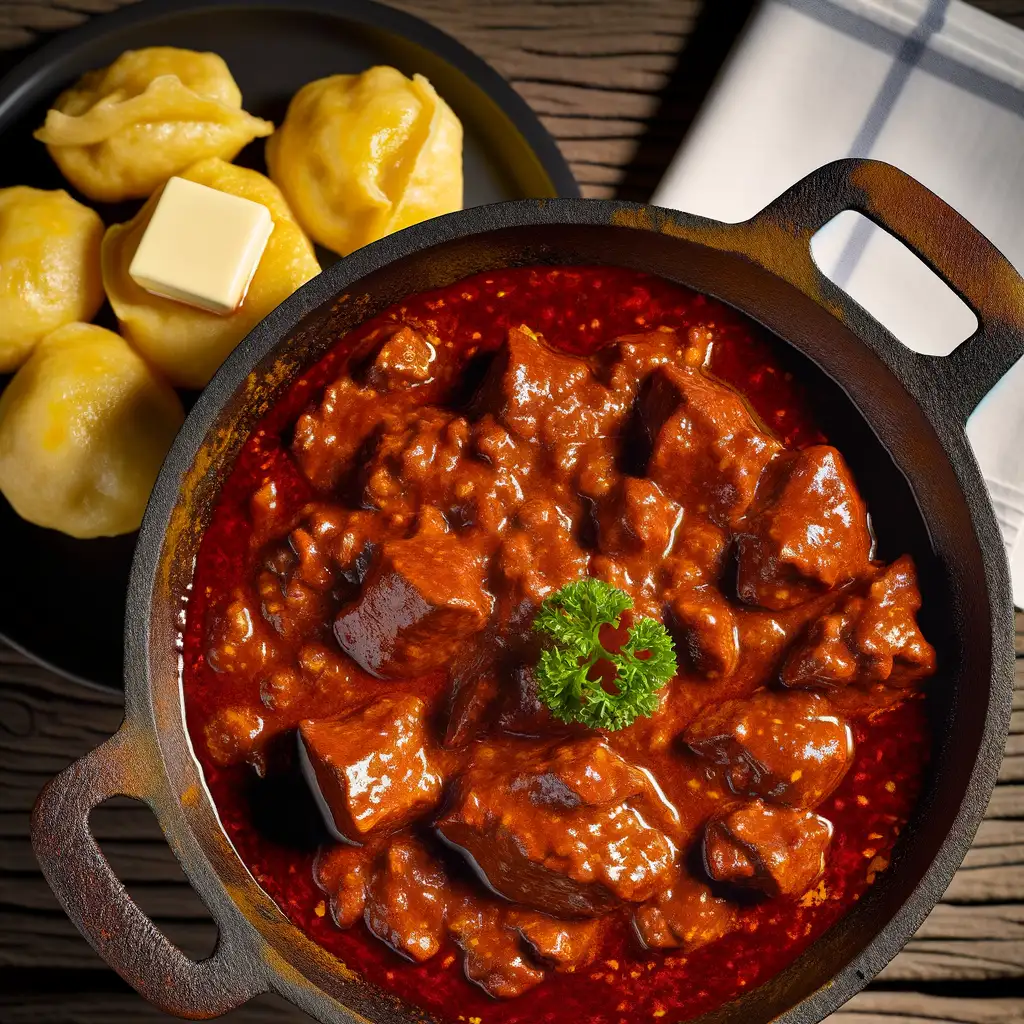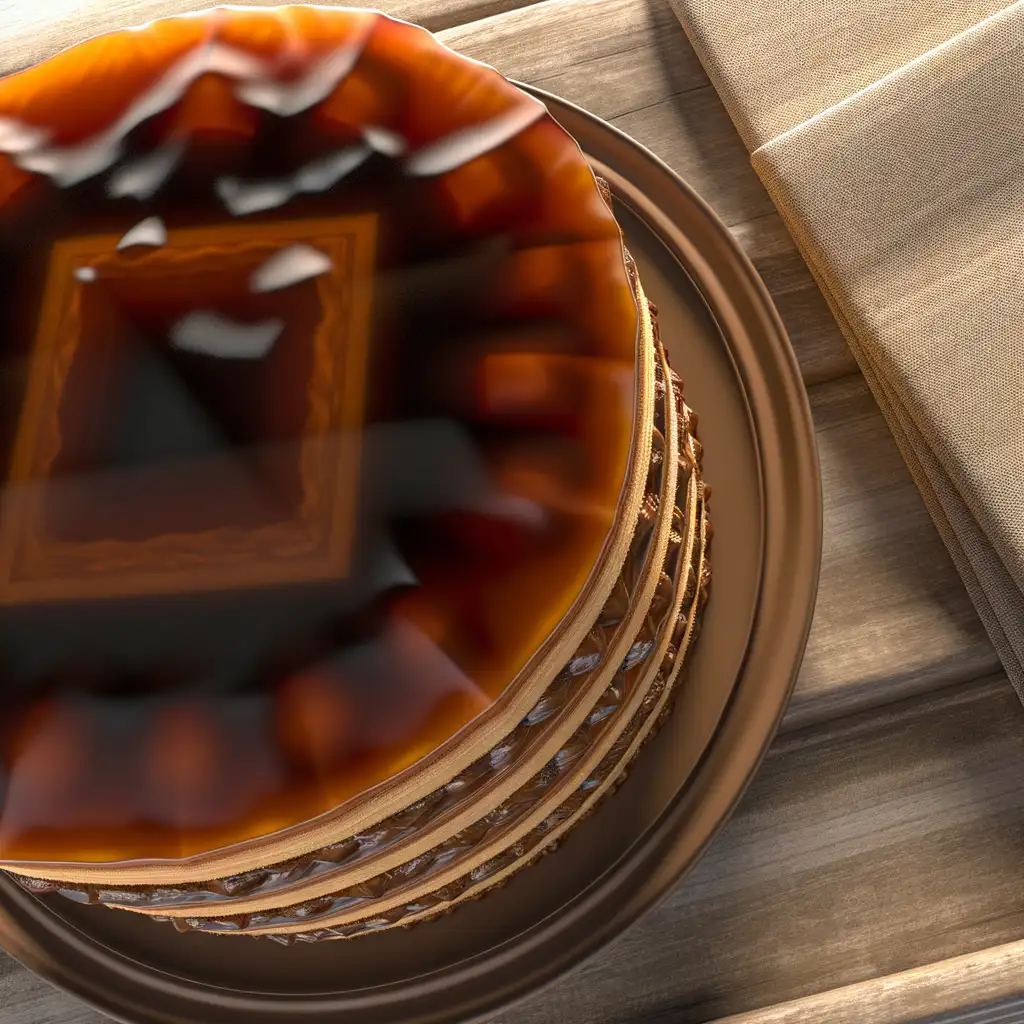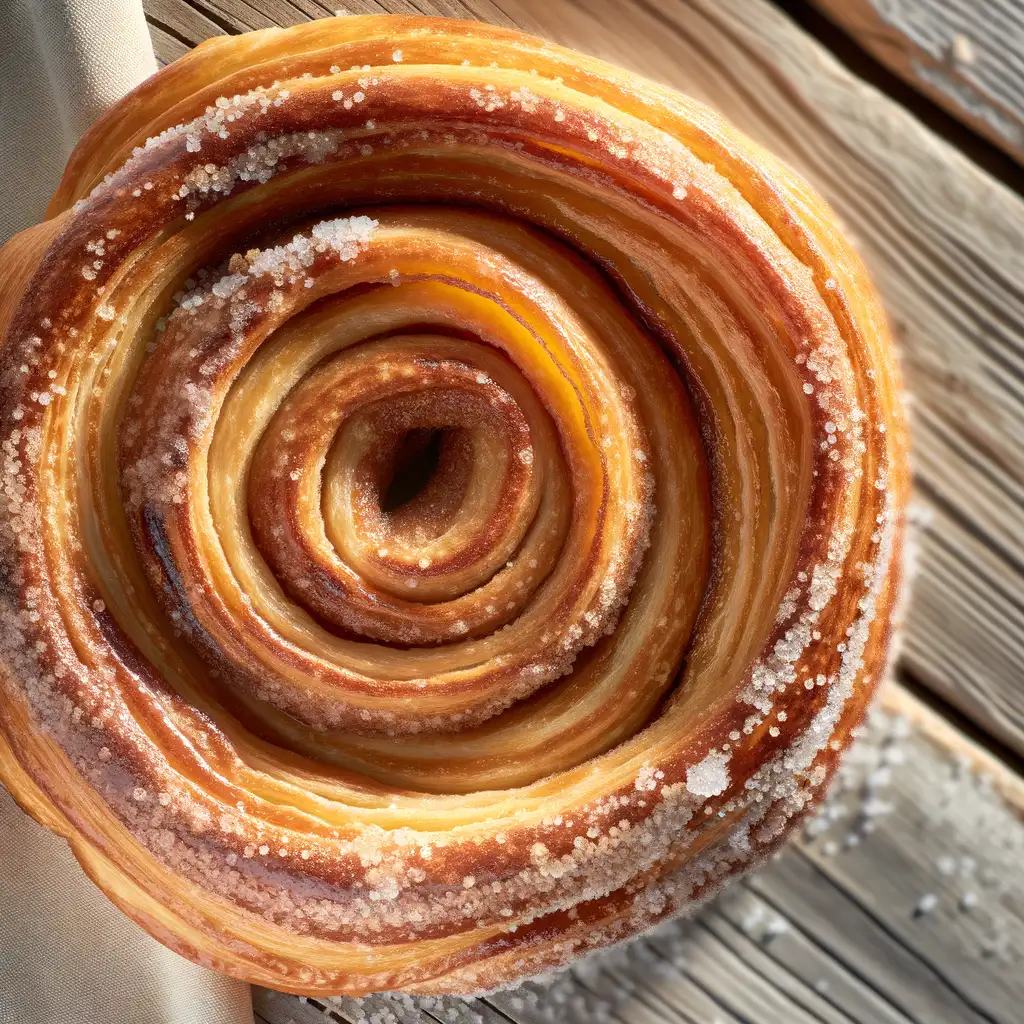



If you wander into Veszprém,you’ll immediately feel like you’ve stepped into a storybook town where history and everyday life blend effortlessly. The city perches on gentle hills,offering these cozy,winding streets lined with colorful houses and quaint cafés that invite you to slow down and soak it all in. There’s a quiet hum of life here—church bells ringing softly,the chatter of locals at the market,and the occasional clink of wine glasses from a terrace overlooking the rooftops. What’s really special about Veszprém is its warm,lived-in charm. It’s a place where medieval walls meet vibrant street art,and centuries-old churches stand alongside lively festivals that fill the air with music and laughter. You can smell fresh pastries mingling with the earthy scent of nearby vineyards,and if you time it right,you’ll catch the aroma of paprika and grilled meats wafting from a local bistro. The city’s character feels both regal and approachable,thanks to its rich history as a royal seat and its welcoming,down-to-earth people. Don’t miss wandering up to the castle district at sunset—the golden light spills over the rooftops and the distant lake,making everything glow. Grab a glass of local wine,find a bench,and just watch the world go by. Veszprém isn’t about rushing; it’s about savoring moments,stories,and the simple joy of being somewhere that feels like a warm embrace.
The information on this page is currently being reviewed by Tripkliq and should be used as a guide only
Eng word: Hello
Eng pronunciation: See-ya
Local language: Szia
Eng word: Goodbye
Eng pronunciation: Vees-laht
Local language: Viszlát
Eng word: Thank you
Eng pronunciation: Kuh-suh-nuhm
Local language: Köszönöm
Eng word: How much
Eng pronunciation: Men-yee-beh keh-rool
Local language: Mennyibe kerül
Eng word: Toilet
Eng pronunciation: Vay-tsay
Local language: WC
Eng word: Help me
Eng pronunciation: Sheg-eet-sheg
Local language: Segítség
Eng word: Yes
Eng pronunciation: Ee-gen
Local language: Igen
Eng word: No
Eng pronunciation: Nem
Local language: Nem
Eng word: Excuse me
Eng pronunciation: El-ney-zesht
Local language: Elnézést
Veszprém is often referred to as the 'City of Queens' because it was traditionally the favorite city of Hungarian queens. Queen Gizella, the wife of Hungary's first king, Saint Stephen, played a significant role in the city's history.
Veszprém is one of the oldest cities in Hungary, with its origins dating back to the Roman era. It became an important cultural and religious center during the early medieval period.
Veszprém is home to the first Hungarian archdiocese, established in the 11th century. The Veszprém Cathedral, dedicated to Saint Michael, stands as a testament to the city's religious significance.
The Castle District of Veszprém is a must-visit for tourists. The Veszprém Castle, perched on a hill, offers stunning views of the city and is a symbol of its medieval heritage.
The Fire Tower is one of Veszprém's iconic landmarks. Originally built as part of the city's fortifications, it later served as a fire watchtower and now offers panoramic views of the city.
The Gizella Chapel, named after Queen Gizella, is a beautifully preserved medieval chapel featuring stunning frescoes and a unique architectural style.
The Bishop's Palace, located in the Castle District, is a Baroque masterpiece that showcases the city's rich ecclesiastical history and architectural elegance.
Founded in 1958, the Veszprém Zoo is one of Hungary's oldest and most beloved zoos. It is located in a picturesque valley and is a popular attraction for families and nature enthusiasts.
Veszprém was named one of the European Capitals of Culture for 2023, highlighting its vibrant cultural scene, historical significance, and commitment to preserving its heritage.
In Veszprém, the most common Power Adaptor is Type C, Type F.



A traditional Hungarian stew made with beef, vegetables, and paprika, often served with bread.

A meat stew similar to gulyás but thicker, typically made with beef, pork, or chicken, and seasoned with paprika.

A deep-fried flatbread, usually topped with garlic, sour cream, and cheese, popular as a street food snack.


A sweet, spiral-shaped pastry cooked over an open flame, coated in sugar and often flavored with cinnamon or nuts.

A layered sponge cake filled with chocolate buttercream and topped with caramel, a classic Hungarian dessert.

A spicy fish soup made with freshwater fish, paprika, and vegetables, typically served with bread.


A pasta dish made with egg noodles, cottage cheese, and often topped with crispy bacon.
Budapest feels like stepping into a storybook where history and modern life dance together effortlessly. The moment you stroll along the Danube River,with the majestic Parliament building glowing in the evening light,you sense a city that’s both grand and inviting. There’s a rhythm here—street musicians playing haunting melodies,the clinking of glasses in cozy ruin pubs,and the gentle splash of thermal baths that have been soothing locals for centuries. It’s a place where every corner whispers tales of empires past,yet pulses with youthful energy.
Wandering through the cobbled streets of the Castle District,you catch the scent of fresh pastries mingling with the earthy aroma of old stone walls. The vibrant markets buzz with vendors selling paprika,fresh bread,and sweet chimney cakes,tempting you to taste the rich flavors of Hungarian cuisine. Budapest’s character shines brightest in its contrasts:the elegant Art Nouveau cafés sit side by side with edgy street art,and the grand boulevards lead you to intimate courtyards where locals sip coffee and chat animatedly.
What makes Budapest truly unforgettable is how it wraps you in warmth—whether it’s the steamy embrace of a thermal bath on a chilly day or the friendly chatter in a bustling café. It’s a city that invites you to slow down,savor every moment,and discover stories hidden in its architecture,food,and people. Trust me,once you’ve felt Budapest’s pulse,you’ll carry a piece of it with you long after you leave.
Vienna feels like stepping into a living storybook where every street hums with history and charm. The moment you wander through its grand boulevards,you’re wrapped in a warm embrace of baroque architecture,cozy coffeehouses,and the gentle melodies of street musicians playing waltzes nearby. There’s a rhythm to the city — elegant yet inviting — where the past and present dance together effortlessly.
As you stroll along the Danube or through the lush gardens of Schönbrunn Palace,you catch the scent of freshly baked strudel mingling with the earthy aroma of roasted coffee beans from a nearby café. The city’s café culture is something special; sitting down with a slice of Sachertorte and a strong Viennese coffee feels like a small,delicious ritual. You’ll hear the soft clink of porcelain cups and the murmur of locals deep in conversation,making you feel instantly at home.
Vienna’s character is a blend of refined artistry and genuine warmth. It’s a place where grand opera houses and modern galleries coexist,and where the locals’ pride in their musical heritage is palpable. Whether you’re exploring the vibrant Naschmarkt with its colorful stalls or catching a live performance in a centuries-old concert hall,Vienna invites you to slow down,savor the moment,and soak in its timeless elegance.
Imagine wandering through a city where the old world gently brushes against the new,and every corner hums with a quiet,inviting energy—that’s Zagreb. From the moment you step into its cobbled streets,you’re wrapped in a warm,lived-in charm. The air carries the scent of fresh coffee mingling with blooming linden trees,while the distant chatter from open-air cafés spills into the streets,inviting you to slow down and savor the moment. Zagreb doesn’t shout for attention; it welcomes you like an old friend,with a smile and a story.
The city’s character is a delightful blend of Austro-Hungarian elegance and vibrant Croatian spirit. Strolling through the Upper Town,you’ll catch glimpses of medieval towers and baroque facades,while the Lower Town buzzes with modern life—art galleries,quirky boutiques,and lively markets where you can taste local cheeses,honey,and the unmistakable sweetness of fresh figs. Music often drifts from street performers,adding a soundtrack to your exploration that feels both spontaneous and soulful.
What makes Zagreb truly special is its rhythm—unhurried yet alive. Whether you’re sipping a glass of robust Croatian wine in a cozy tavern or watching the sunset paint the rooftops in shades of gold and rose,there’s a sense of belonging here. It’s a city that invites you to not just see it,but to feel it,to become part of its story,even if just for a little while.
Imagine stepping into a city where every corner feels like a scene from a timeless painting—Venice is exactly that kind of place. The moment you arrive,the gentle lapping of water against ancient stone buildings wraps around you like a soft melody. Instead of streets,there are winding canals,and instead of cars,gondolas glide silently beneath ornate bridges,their oars dipping rhythmically into the emerald water. The air carries a mix of salty sea breeze and the faint aroma of fresh espresso and baked pastries from nearby cafés,inviting you to slow down and savor the moment.
Venice has this magical,almost dreamlike quality. The light here is different—soft and golden in the mornings,casting long shadows on the labyrinth of narrow alleys and colorful facades. You’ll find yourself wandering without a map,getting delightfully lost among the bustling markets,where vendors call out in melodic Italian,selling everything from fresh seafood to vibrant Murano glass. The city’s rich history whispers from every corner,from the grandeur of St. Mark’s Basilica to the quiet charm of tucked-away piazzas where locals sip wine and chat as if time has paused.
What makes Venice truly unforgettable is its rhythm—slow,intimate,and deeply human. It’s a place where you can hear the laughter of children playing by the water,the clinking of glasses in cozy trattorias,and the soft hum of a street musician’s violin. Visiting Venice isn’t just about seeing a city; it’s about feeling its heartbeat,tasting its flavors,and becoming part of its endless story.
If you ever find yourself wandering through the sun-drenched streets of Dubrovnik,you’ll immediately feel like you’ve stepped into a living storybook. The city’s ancient stone walls rise proudly against the sparkling Adriatic,and as you stroll along the marble-paved Stradun,the salty sea breeze mingles with the scent of fresh pine and blooming bougainvillea. There’s a rhythm here—a gentle hum of life where history and modern charm dance together effortlessly.
Dubrovnik’s character is woven into every corner:the clatter of café cups,the murmur of locals chatting in cozy taverns,and the distant call of seagulls overhead. You can almost taste the city in the air—briny and fresh,with hints of grilled seafood and ripe figs from the markets. Sitting at a seaside restaurant,watching the sun dip behind the fortress walls,you’ll savor dishes bursting with Mediterranean flavors,paired with a glass of crisp Croatian white wine.
What makes Dubrovnik truly special is how it balances its rich past with a vibrant present. The city’s narrow alleys invite exploration,revealing tucked-away galleries,artisan shops,and lively squares where music spills out into the streets. Whether you’re tracing the footsteps of ancient mariners or simply soaking up the golden light on a quiet terrace,Dubrovnik feels like a warm embrace—inviting,timeless,and utterly unforgettable.
If you ever find yourself wandering through Split,it’s like stepping into a living,breathing storybook where ancient history and vibrant modern life dance together effortlessly. The moment you stroll along the Riva promenade,the salty breeze from the Adriatic mingles with the aroma of fresh espresso and grilled seafood wafting from nearby cafés. Locals chat animatedly in the sun-dappled squares,their laughter blending with the distant hum of boats bobbing gently in the harbor. There’s a laid-back energy here that feels both timeless and alive,inviting you to slow down and soak it all in.
Split’s heart beats strongest in Diocletian’s Palace,a sprawling Roman fortress that’s less a museum and more a neighborhood where people live,shop,and gather. Walking through its ancient stone alleys,you’ll catch glimpses of colorful markets,artisan shops,and cozy taverns tucked into centuries-old walls. At night,the city transforms as lanterns flicker on,and the sound of live klapa singing—traditional a cappella harmonies—drifts through the air,wrapping you in a warm,soulful embrace.
What really makes Split unforgettable is how effortlessly it blends the old with the new. You can savor a plate of fresh octopus salad while watching fishermen haul in their catch,then wander to a rooftop bar for a cocktail as the sun sets behind the islands. It’s a place where every corner tells a story,every meal feels like a celebration,and every moment invites you to become part of its ongoing tale.
Scammers may pose as charity workers, pressuring tourists to donate to fake causes.
Tourists may encounter individuals or unofficial exchange offices offering poor exchange rates or counterfeit currency.
Unlicensed guides may approach tourists, offering tours at inflated prices with little value.
Some taxi drivers may overcharge tourists by not using the meter or taking unnecessarily long routes.
Crowded tourist areas may attract pickpockets who target wallets, phones, and other valuables.
Certain restaurants may inflate bills by adding hidden fees or charging for items not ordered.
Vendors may sell counterfeit or low-quality goods at high prices, targeting unsuspecting tourists.
Hungary has strict drug laws, and the possession, use, or distribution of illegal drugs is a criminal offense. This includes small amounts for personal use. Tourists should avoid any involvement with drugs, as penalties can include fines, imprisonment, or deportation. Prescription medications should be carried with proper documentation to avoid misunderstandings.
In Veszprém, Hungary, smoking is prohibited in enclosed public spaces, workplaces, public transport, and within a certain distance of entrances to public buildings. Smoking is also banned in playgrounds and on public transport stops. Designated smoking areas may be available in some outdoor spaces, but tourists should look for signage to confirm. Violations can result in fines.
Vaping is subject to similar restrictions as smoking in Veszprém. It is prohibited in enclosed public spaces, workplaces, and public transport. Additionally, the sale of e-cigarettes and related products is regulated, and vaping is not allowed in areas where smoking is banned. Tourists should be mindful of these rules to avoid penalties.
What are other people saying about Veszprém?
Recent Social posts about Veszprém
There is nothing to show you for now.